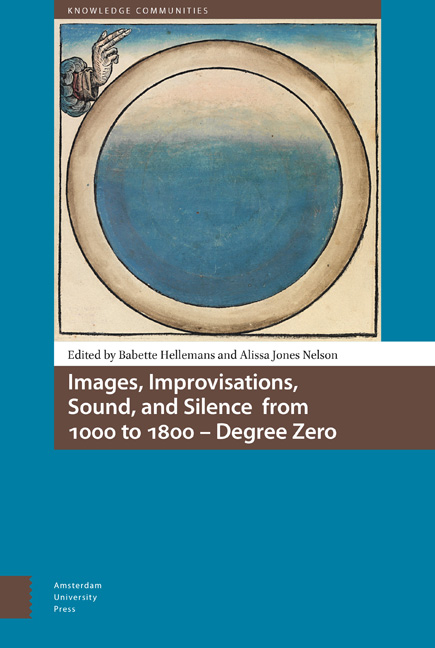11 - An Arrangement of Silence: Shaping Monastic Identity in Anselm of Canterbury’s Letter Collections
Published online by Cambridge University Press: 11 December 2020
Summary
Abstract
The importance of silence for contemplation in the medieval monastery is well known. This chapter examines an alternative silence – that of withholding information. Like many letter collections of the twelfth century, those ascribed to Anselm of Canterbury (1033–1109) may have presented a selective image of their author. The lacuna in the documentation of Anselm's first political exile raises the question of the extent to which monastic silence and the act of letter collecting are intertwined. Thus I analyse the arrangements of two such letter collections from the perspective of a ‘macro-text’ – an independent narrative. More specifically, I argue that these collections render an image of Anselm that idealizes silence as the virtue of an archbishop living in a state of monastic renunciation.
Keywords: silence; monasticism; letter collections; Anselm of Canterbury; identity; arrangement
The Intentionality of Silence
Communication in medieval monasteries was strictly regulated by norms that exerted their influence on everyday interactions between monks as well as their relations to the outside world. The first abbots of Cluny, the tenth-century settlement that would eventually head the so-called Benedictine order of monastic houses, imposed stricter policies of silence and thereby gradually reduced conversation to a supervised activity. This was in line with the far-reaching influence accorded to The Rule of Saint Benedict, which had been institutionalized under Carolingian rule to homogenize the religious landscape. Ideally, every monastery followed (or should follow) the same set of principles. Limits on talk and chatter, which were subsequently replaced with sign language, were intended to prevent sin and to promote humility. Tranquility was also sought by establishing monastic settlements on the fringes of the civilized world. Silence – as that which remains once the audibility of human action has been laid to rest – should thus not be seen as the baseline of monastic existence. Instead, it is the result of an active conditioning of absence and presence in geography and human behaviour.
Medieval letters can be associated with the same categories of absence and presence. In the so-called golden age of letter writing, the twelfth century, a torrent of letters drew laymen, monks, abbots, bishops, kings, and the papacy together in unprecedented networks of communication. Messengers voiced the letters’ authors in lieu of their physical presence by using the written testimony as part of an oral performance.
- Type
- Chapter
- Information
- Images Improvisations Sound and Silence from 1000 to 1800 , pp. 209 - 228Publisher: Amsterdam University PressPrint publication year: 2018



